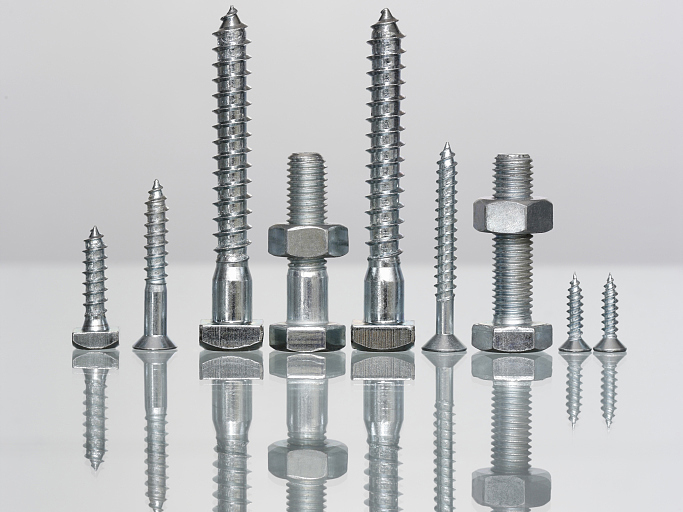Screws are a common term for fasteners. Screws are indispensable industrial necessities for daily life: very small screws for cameras, glasses, watches, electronics, etc.; general screws for television, electrical products, musical instruments, furniture, etc.; large screws and nuts for engineering, construction, and bridges; and large and small screws for transportation equipment, aircraft, trams, and cars. The screw has an important task in industry, and as long as industry exists on earth, the function of the screw will always be important.
Screws are made of metal, so it has and will certainly have corrosion, therefore, screws have to do salt spray test, through the inspection to examine the product corrosion resistance.
How to do a screw salt spray test? How to test?
There are four types of salt spray test items.
1、Neutral salt spray test
It is one of the earliest and most widely used accelerated corrosion test methods. It uses a 5% sodium chloride saline solution with a solution pH in the neutral range (6 to 7) as the solution for spraying. The test temperature was 35℃ and the settling rate of salt spray was between 1~2ml/80cm2.h.
It is a combined salt spray test, which is actually a neutral salt spray test plus a constant humidity and heat test. It is mainly used in cavity type complete machine products, through the penetration of the tidal environment, salt spray corrosion is not only generated on the surface of the product, but also inside the product. It is the product in salt spray and humidity and heat two environmental conditions alternate conversion, the final test of the whole product electrical and mechanical properties of the product has no change.
3、Acetate mist test
It was developed on the basis of a neutral salt spray test. It is the addition of some glacial acetic acid to a 5% sodium chloride solution that reduces the pH of the solution to about 3. The solution becomes acidic, and the final salt spray that is formed also changes from a neutral salt spray to acid. It corrodes about 3 times faster than the NSS test.
It is a newly developed foreign rapid salt spray corrosion test, the test temperature is 50 ℃, salt solution with a small amount of copper salt - copper chloride, strongly induced corrosion. It corrodes about 8 times faster than the NSS test.
Screw the salt spray test procedure.
1、Adjust the salt spray test chamber temperature of 35 ℃, and before spraying the specimen to maintain in such conditions for at least 2h.
2、Salt spray for 24h or the time specified in the relevant documents. Throughout the spray period, the sedimentation rate of the salt spray and the pH of the sedimentation solution was measured at least every 24h to ensure that the sedimentation rate of the salt solution was (l to 3) mL/(80cm2.h).
3、Dry the specimen for 24h or the time specified in the relevant document under standard atmospheric temperature (15℃~35℃) and relative humidity not higher than 50%. The technical condition of the specimen cannot be changed or its mechanical condition adjusted during drying.
4、At the end of the drying phase, unless otherwise specified, the specimen shall be repositioned in a salt spray test chamber and steps 2 and 3 shall be repeated at least once.
5、Conduct physical and electrical performance tests and record test results. If this is useful for subsequent corrosion inspection, the specimen can be gently rinsed with flowing water under standard atmospheric conditions before the test is performed and the results recorded.
6、Conduct a visual inspection of the specimen in accordance with the relevant documents and record the inspection results.
The salt spray test for fasteners, please look for Waltek Testing, we will provide you with professional, high quality and efficient salt spray test services.



